Great Blue Heron T-Shirt
The most remarkable trait of this best-known of Audubon’s works is the exquisite coloration. The Great Blue Heron T-shirt print was taken from one of only two remaining intact sets of Audubon’s subscription series. This set belonged to Audubon’s friend and family physician, Dr. Benjamin Phillips. The coloration of these engravings was supervised by both Dr. Phillips and Audubon’s chief engraver. The collection is held in the Mary W. Runnells Rare Book Room of the Field Museum Library in Chicago. Available on Sand.
$24.00 – $25.00
Audubon’s famous Heron, direct from a hand-painted original print.
The most remarkable trait of this best-known of Audubon’s works is the exquisite coloration. The Great Blue Heron T-shirt print was taken from one of only two remaining intact sets of Audubon’s subscription series. This set belonged to Audubon’s friend and family physician, Dr. Benjamin Phillips. The coloration of these engravings was supervised by both Dr. Phillips and Audubon’s chief engraver. The collection is held in the Mary W. Runnells Rare Book Room of the Field Museum Library in Chicago. Available on Sand.
| Weight | 8 oz |
|---|---|
| Dimensions | 10 × 8 × 1 in |
| Color | Sand |
| Size | Small, Medium, Large, X-Large, XX-Large +$1.00, Youth Small 6-8, Youth Medium 10-12, Youth Large 14-16 |
| 5 |
|
0 |
| 4 |
|
0 |
| 3 |
|
0 |
| 2 |
|
0 |
| 1 |
|
0 |
- animal
- apollo
- art
- astronomy
- aviation
- biology
- buzz
- cartoon
- chem
- chemicals
- chemistry
- constellations
- earth
- elements
- exploration
- extreme
- field
- funny
- genius
- Glow
- Glow in the dark t-shirt
- harris
- history
- humor
- inventor
- Kids
- mars
- math
- medicine
- moon
- NASA
- nature
- periodic table
- printed front and back
- science
- scientist
- shul
- sidney
- space
- sports
- star finder
- stars
- sun
- Sweat
- Sweatshirts
Related Products
Paintings from the tombs of Ramses III. Taken from studies done by Napoleon’s expeditionary force between 1798 and 1801.
Paintings from the tombs of Ramses III. Taken from studies done by Napoleon’s expeditionary force between 1798 and 1801.
Highlighting the plight of some of the world’s most endangered animals, with quote by Albert Schweitzer.
Albrecht Dürer’s Rhino from the original 1515 woodcut, a print of which is in the Field Museum.
Spots on the fish glow-in-the-dark, letting people see what these fish would actually look like in the deep, dark waters they inhabit.
From 1758, engravings that depict the developmental cycles of a frog.
Portrays the steps from nucleus, to chromosomes, to individual strands of DNA, to base pairs studied by the Human Genome Project.

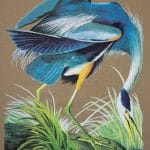
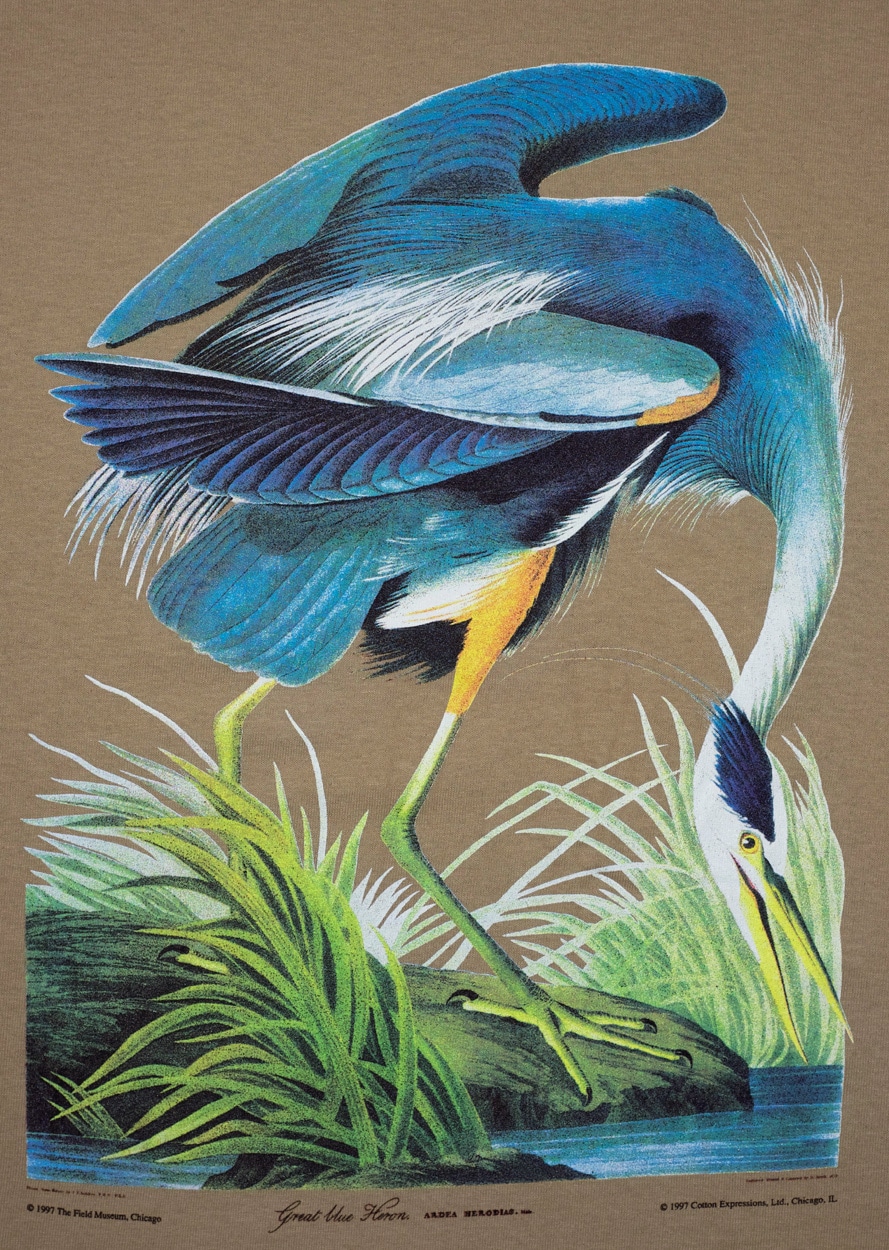
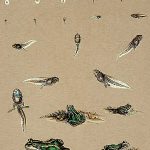
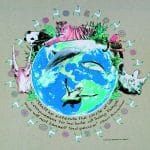
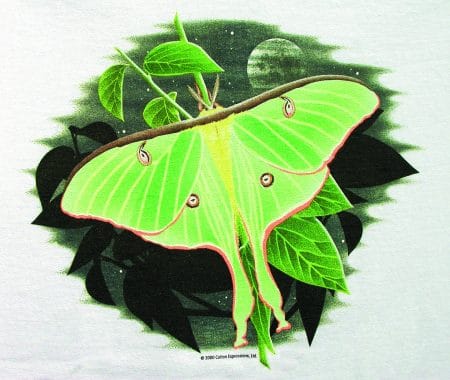
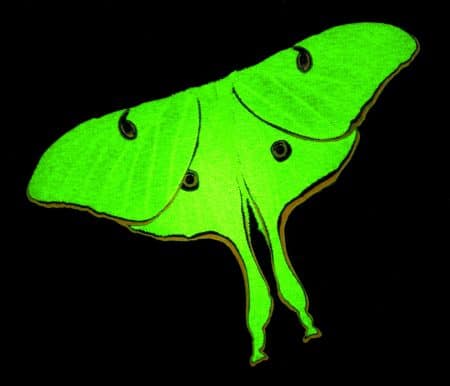
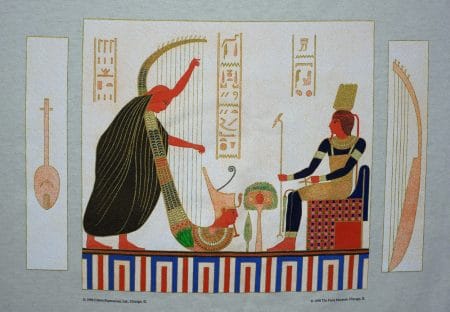
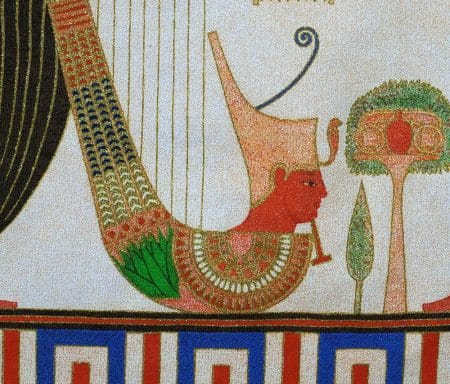
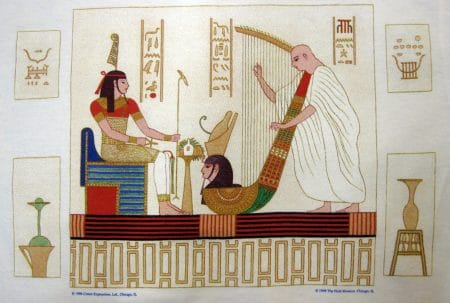
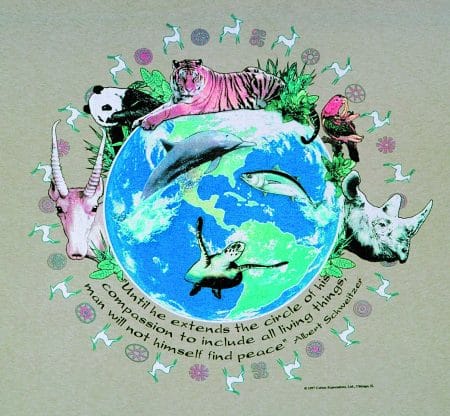
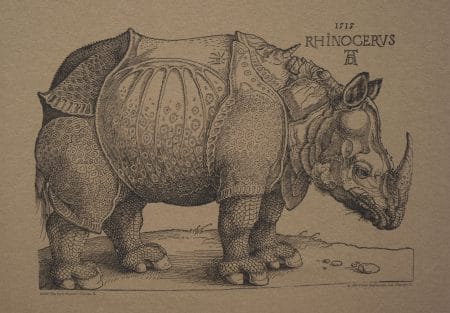
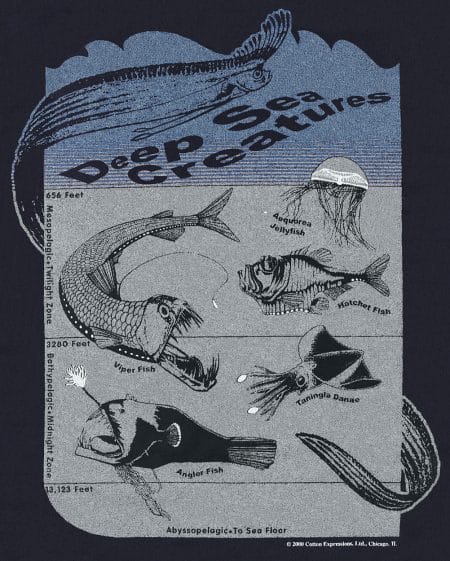
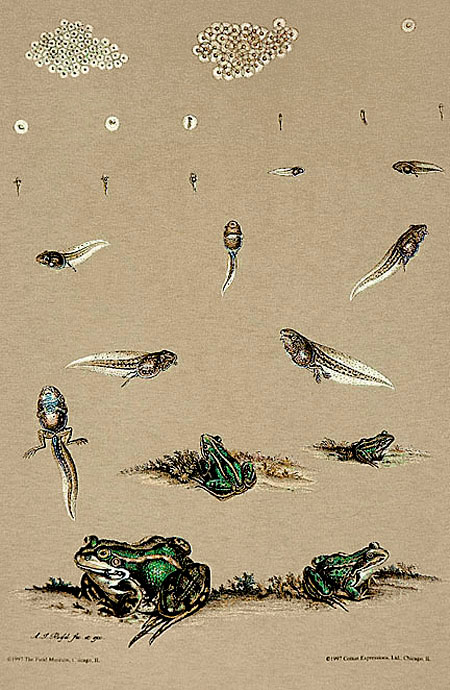
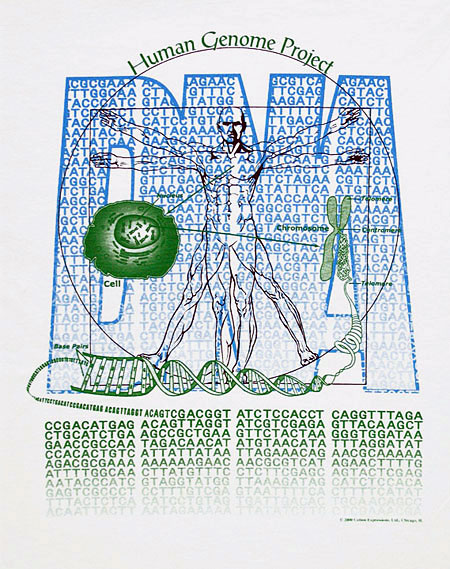
Reviews
There are no reviews yet.